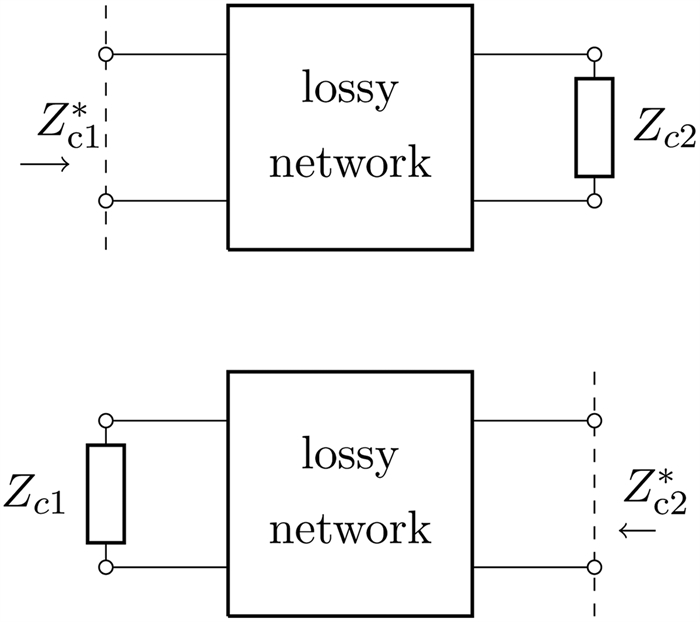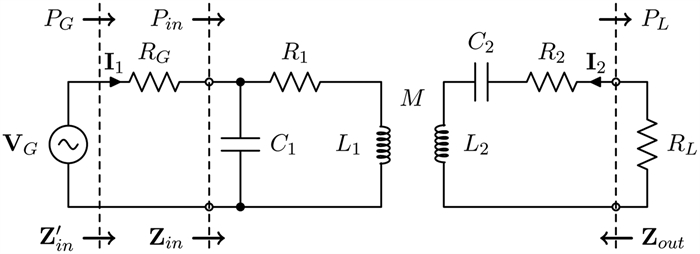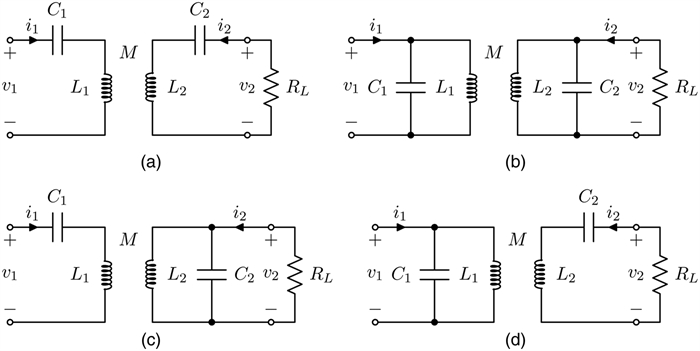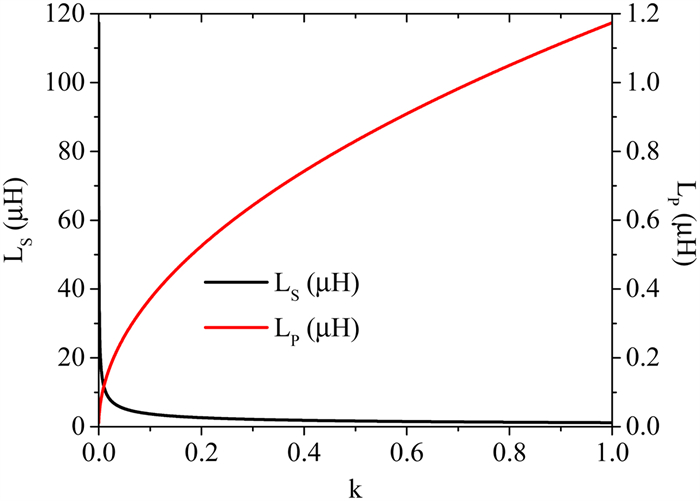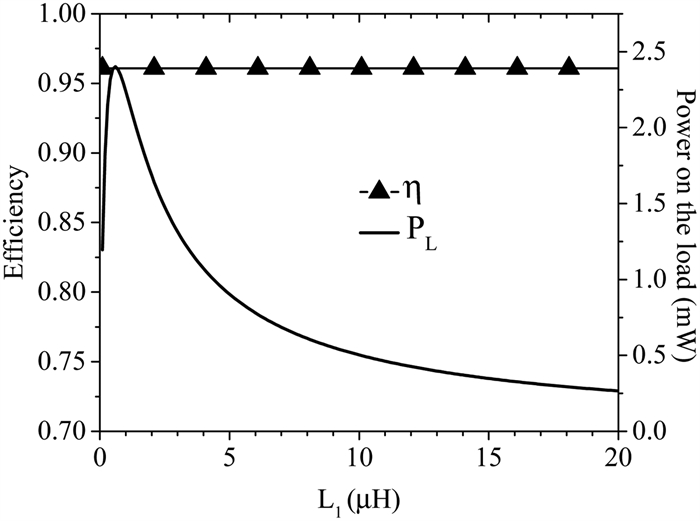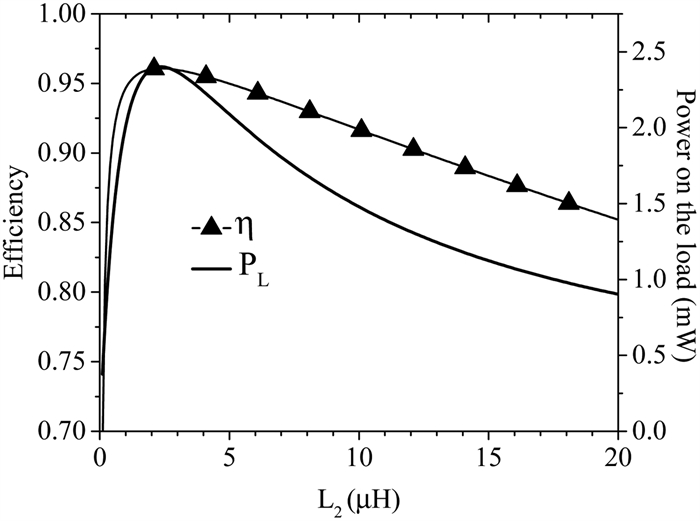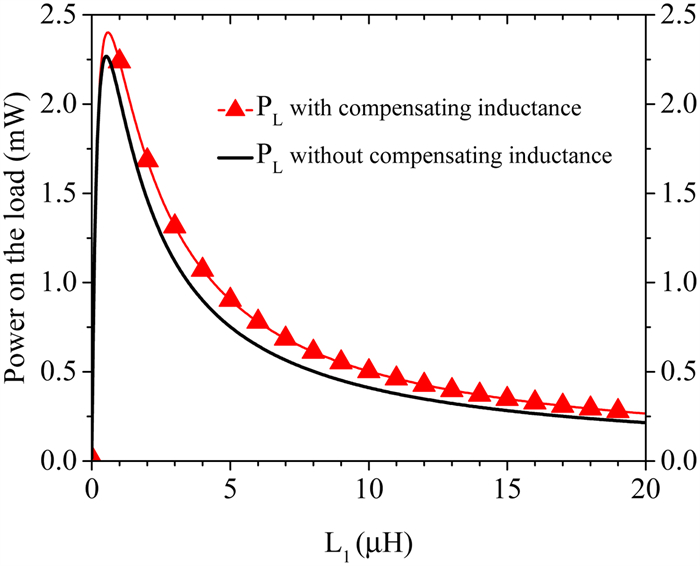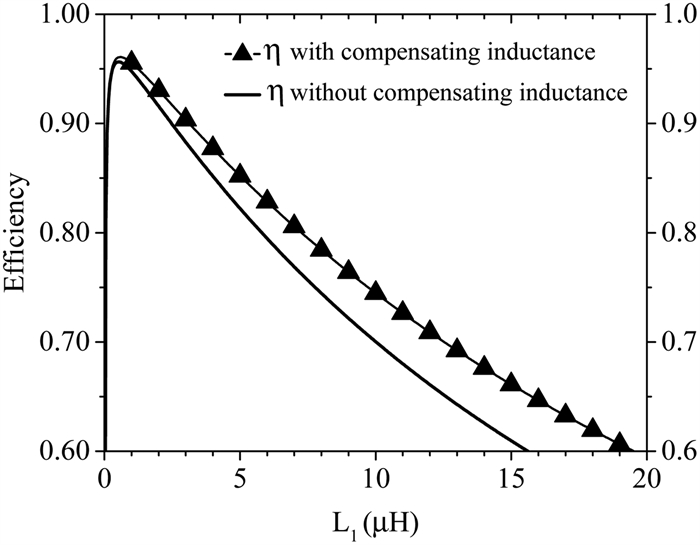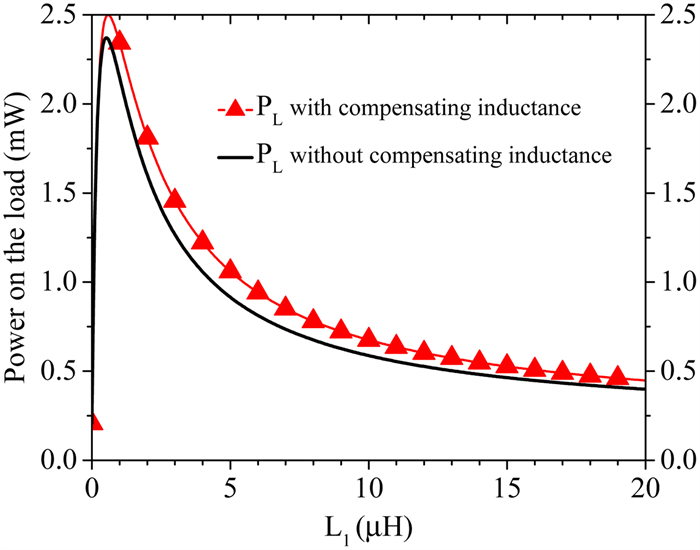Optimal design of a wireless power transfer link using parallel and series resonators
-
1.
Department of Engineering for Innovation, University of Salento, Lecce, Italy. Phone: +39 0832 29 7365
-
2.
Department of Electrical, Electronic and Information Engineering, University of Bologna, Bologna, Italy
-
3.
Department of Engineering, University of Perugia, Perugia, Italy
More Information
-
Author Bio:
 Giuseppina Monti
Giuseppina Monti received the Laurea degree in Telecommunication Engineering (with honors) from the University of Bologna, Italy, in 2003, and the Ph.D. in Information Engineering from the University of Salento (Italy), in 2007. She is currently with the Department of Innovation Engineering (University of Salento), where she is a temporary researcher and lecturer in CAD of Microwave circuits and Antennas. Her current research interest includes the analysis and applications of artificial media (such as, for instance, double-negative metamaterials and nano-carbontube), the analysis of electromagnetic compatibility and electromagnetic interference problems in planar microwave circuits, the design and realization of: microwave components and MEMS-based reconfigurable antennas and devices, rectenna systems, systems and devices for wireless power transmission applications. She has co-authored two chapter books and about 100 papers appeared in international conferences and journals.
 Alessandra Costanzo
Alessandra Costanzo is an Associate Professor of electromagnetic fields at the University of Bologna, Italy. She has authored more than 140 scientific publications on peer reviewed International Journals and conferences, three chapter books, and she holds three international patents. She has developed innovative software platform for the nonlinear/electromagnetic co-simulation of RF systems, excited by modulated sources demonstrating circuit-level analysis of entire MIMO and UWB links, including realistic channel models. She is now involved in wearable energy-autonomous sensors and wireless power transfer systems. She is MC member of the EU COST action WiPE "Wireless power transfer for sustainable electronics" and she chairs WG1: "far-field wireless power transfer". She is member of the TPC board member of MTT-S IMS, EUMW, WPTC, RFID-TA ICUWB. She is chair of IEEE MTT-S TC-26 "Wireless Energy Transfer and Conversion" and member of IEEE MTT-S TC-24 RFID Technologies. She is IEEE senior member.
 Franco Mastri
Franco Mastri received the laurea degree (100/100 cum laude) in Electronic Engineering from the University of Bologna, Italy, in 1985. From 1990 to 2004, he was a Research Associate with the Department of Electrical Engineering, University of Bologna, where he has been an Associate Professor of electrotechnics since 2005. His main research interests include nonlinear-circuit simulation and design techniques (with special emphasis on CAD techniques for large-size problems), nonlinear RF device modeling, nonlinear/RF co-simulation of RF systems, stability and noise analysis of nonlinear circuits.
 Mauro Mongiardo
Mauro Mongiardo received the laurea degree (110/110 cum laude) in Electronic Engineering from the University of Rome "La Sapienza" in 1983. In 1991 he became Associate Professor of Electromagnetic Fields and from 2001 he is full Professor of Electromagnetic Fields at the University of Perugia. He has been elected Fellow of the IEEE for "for contributions to the modal analysis of complex electromagnetic structures" in 2013. His scientific interests have concerned primarily the numerical modeling of electromagnetic wave propagation both in closed and open structures. His research interests have involved CAD and optimization of microwave components and antennas. He has served in the Technical Program Committee of the IEEE International Microwave Symposium from 1992; from 1994 he is member of the Editorial Board of the IEEE TRANSACTIONS ON MICROWAVE THEORY AND TECHNIQUES. During the years 2008–2010 he has been associate editor of the IEEE TRANSACTIONS ON MICROWAVE THEORY AND TECHNIQUES. He is author or co-author of over 200 papers and articles in the fields of microwave components, microwave CAD and antennas. He is the co-author of the books "Open Electromagnetic Waveguides" (IEE, 1997), and "Electromagnetic Field Computation by Network Methods" (Springer, 2009). Recently, he has co-authored a chapter in the book Wireless Power Transfer – Principles and Engineering Explorations (Intech, 2012), and a chapter in the book Wireless Power Transfer (River publishers, 2012)
-
Corresponding author:
G. Monti Email: giuseppina.monti@unisalento.it
-
Abstract
The optimal design problem for a wireless power transfer link based on a resonant inductive coupling is addressed in this paper. It is assumed that the magnetic coupling coefficient and the inductor quality factors are known. By employing the conjugate image impedances, the values of the inductances realizing the optimal design with respect to given values of the network input and load impedances are derived. It is demonstrated that there is just one optimal design maximizing both the power delivered to the load and the power transfer efficiency of the link. The four possible schemes corresponding to the use of a parallel or a series arrangement for the two coupled resonators (Parallel-Parallel, Series-Series, Parallel-Series, and Series-Parallel) are considered and discussed. Closed form analytical formulas are derived and validated by circuital simulations.
-
About this article
Cite this article
Monti G, Costanzo A, Mastri F, Mongiardo M. 2016. Optimal design of a wireless power transfer link using parallel and series resonators. Wireless Power Transfer 3(2): 105-116 doi: 10.1017/wpt.2016.7
|
Monti G, Costanzo A, Mastri F, Mongiardo M. 2016. Optimal design of a wireless power transfer link using parallel and series resonators. Wireless Power Transfer 3(2): 105-116 doi: 10.1017/wpt.2016.7
|


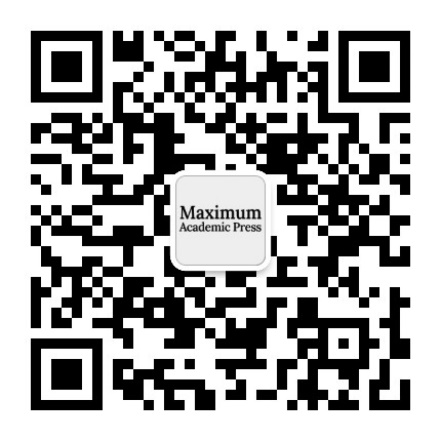
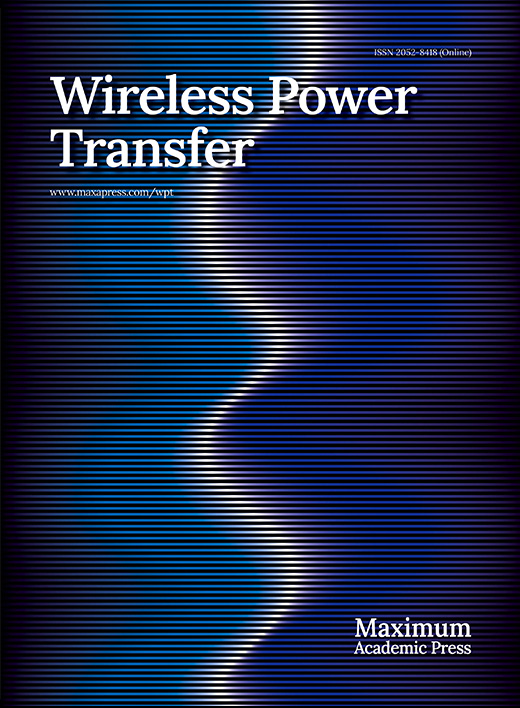






 Giuseppina Monti received the Laurea degree in Telecommunication Engineering (with honors) from the University of Bologna, Italy, in 2003, and the Ph.D. in Information Engineering from the University of Salento (Italy), in 2007. She is currently with the Department of Innovation Engineering (University of Salento), where she is a temporary researcher and lecturer in CAD of Microwave circuits and Antennas. Her current research interest includes the analysis and applications of artificial media (such as, for instance, double-negative metamaterials and nano-carbontube), the analysis of electromagnetic compatibility and electromagnetic interference problems in planar microwave circuits, the design and realization of: microwave components and MEMS-based reconfigurable antennas and devices, rectenna systems, systems and devices for wireless power transmission applications. She has co-authored two chapter books and about 100 papers appeared in international conferences and journals.
Giuseppina Monti received the Laurea degree in Telecommunication Engineering (with honors) from the University of Bologna, Italy, in 2003, and the Ph.D. in Information Engineering from the University of Salento (Italy), in 2007. She is currently with the Department of Innovation Engineering (University of Salento), where she is a temporary researcher and lecturer in CAD of Microwave circuits and Antennas. Her current research interest includes the analysis and applications of artificial media (such as, for instance, double-negative metamaterials and nano-carbontube), the analysis of electromagnetic compatibility and electromagnetic interference problems in planar microwave circuits, the design and realization of: microwave components and MEMS-based reconfigurable antennas and devices, rectenna systems, systems and devices for wireless power transmission applications. She has co-authored two chapter books and about 100 papers appeared in international conferences and journals.  Alessandra Costanzo is an Associate Professor of electromagnetic fields at the University of Bologna, Italy. She has authored more than 140 scientific publications on peer reviewed International Journals and conferences, three chapter books, and she holds three international patents. She has developed innovative software platform for the nonlinear/electromagnetic co-simulation of RF systems, excited by modulated sources demonstrating circuit-level analysis of entire MIMO and UWB links, including realistic channel models. She is now involved in wearable energy-autonomous sensors and wireless power transfer systems. She is MC member of the EU COST action WiPE "Wireless power transfer for sustainable electronics" and she chairs WG1: "far-field wireless power transfer". She is member of the TPC board member of MTT-S IMS, EUMW, WPTC, RFID-TA ICUWB. She is chair of IEEE MTT-S TC-26 "Wireless Energy Transfer and Conversion" and member of IEEE MTT-S TC-24 RFID Technologies. She is IEEE senior member.
Alessandra Costanzo is an Associate Professor of electromagnetic fields at the University of Bologna, Italy. She has authored more than 140 scientific publications on peer reviewed International Journals and conferences, three chapter books, and she holds three international patents. She has developed innovative software platform for the nonlinear/electromagnetic co-simulation of RF systems, excited by modulated sources demonstrating circuit-level analysis of entire MIMO and UWB links, including realistic channel models. She is now involved in wearable energy-autonomous sensors and wireless power transfer systems. She is MC member of the EU COST action WiPE "Wireless power transfer for sustainable electronics" and she chairs WG1: "far-field wireless power transfer". She is member of the TPC board member of MTT-S IMS, EUMW, WPTC, RFID-TA ICUWB. She is chair of IEEE MTT-S TC-26 "Wireless Energy Transfer and Conversion" and member of IEEE MTT-S TC-24 RFID Technologies. She is IEEE senior member.  Franco Mastri received the laurea degree (100/100 cum laude) in Electronic Engineering from the University of Bologna, Italy, in 1985. From 1990 to 2004, he was a Research Associate with the Department of Electrical Engineering, University of Bologna, where he has been an Associate Professor of electrotechnics since 2005. His main research interests include nonlinear-circuit simulation and design techniques (with special emphasis on CAD techniques for large-size problems), nonlinear RF device modeling, nonlinear/RF co-simulation of RF systems, stability and noise analysis of nonlinear circuits.
Franco Mastri received the laurea degree (100/100 cum laude) in Electronic Engineering from the University of Bologna, Italy, in 1985. From 1990 to 2004, he was a Research Associate with the Department of Electrical Engineering, University of Bologna, where he has been an Associate Professor of electrotechnics since 2005. His main research interests include nonlinear-circuit simulation and design techniques (with special emphasis on CAD techniques for large-size problems), nonlinear RF device modeling, nonlinear/RF co-simulation of RF systems, stability and noise analysis of nonlinear circuits.  Mauro Mongiardo received the laurea degree (110/110 cum laude) in Electronic Engineering from the University of Rome "La Sapienza" in 1983. In 1991 he became Associate Professor of Electromagnetic Fields and from 2001 he is full Professor of Electromagnetic Fields at the University of Perugia. He has been elected Fellow of the IEEE for "for contributions to the modal analysis of complex electromagnetic structures" in 2013. His scientific interests have concerned primarily the numerical modeling of electromagnetic wave propagation both in closed and open structures. His research interests have involved CAD and optimization of microwave components and antennas. He has served in the Technical Program Committee of the IEEE International Microwave Symposium from 1992; from 1994 he is member of the Editorial Board of the IEEE TRANSACTIONS ON MICROWAVE THEORY AND TECHNIQUES. During the years 2008–2010 he has been associate editor of the IEEE TRANSACTIONS ON MICROWAVE THEORY AND TECHNIQUES. He is author or co-author of over 200 papers and articles in the fields of microwave components, microwave CAD and antennas. He is the co-author of the books "Open Electromagnetic Waveguides" (IEE, 1997), and "Electromagnetic Field Computation by Network Methods" (Springer, 2009). Recently, he has co-authored a chapter in the book Wireless Power Transfer – Principles and Engineering Explorations (Intech, 2012), and a chapter in the book Wireless Power Transfer (River publishers, 2012)
Mauro Mongiardo received the laurea degree (110/110 cum laude) in Electronic Engineering from the University of Rome "La Sapienza" in 1983. In 1991 he became Associate Professor of Electromagnetic Fields and from 2001 he is full Professor of Electromagnetic Fields at the University of Perugia. He has been elected Fellow of the IEEE for "for contributions to the modal analysis of complex electromagnetic structures" in 2013. His scientific interests have concerned primarily the numerical modeling of electromagnetic wave propagation both in closed and open structures. His research interests have involved CAD and optimization of microwave components and antennas. He has served in the Technical Program Committee of the IEEE International Microwave Symposium from 1992; from 1994 he is member of the Editorial Board of the IEEE TRANSACTIONS ON MICROWAVE THEORY AND TECHNIQUES. During the years 2008–2010 he has been associate editor of the IEEE TRANSACTIONS ON MICROWAVE THEORY AND TECHNIQUES. He is author or co-author of over 200 papers and articles in the fields of microwave components, microwave CAD and antennas. He is the co-author of the books "Open Electromagnetic Waveguides" (IEE, 1997), and "Electromagnetic Field Computation by Network Methods" (Springer, 2009). Recently, he has co-authored a chapter in the book Wireless Power Transfer – Principles and Engineering Explorations (Intech, 2012), and a chapter in the book Wireless Power Transfer (River publishers, 2012) 



